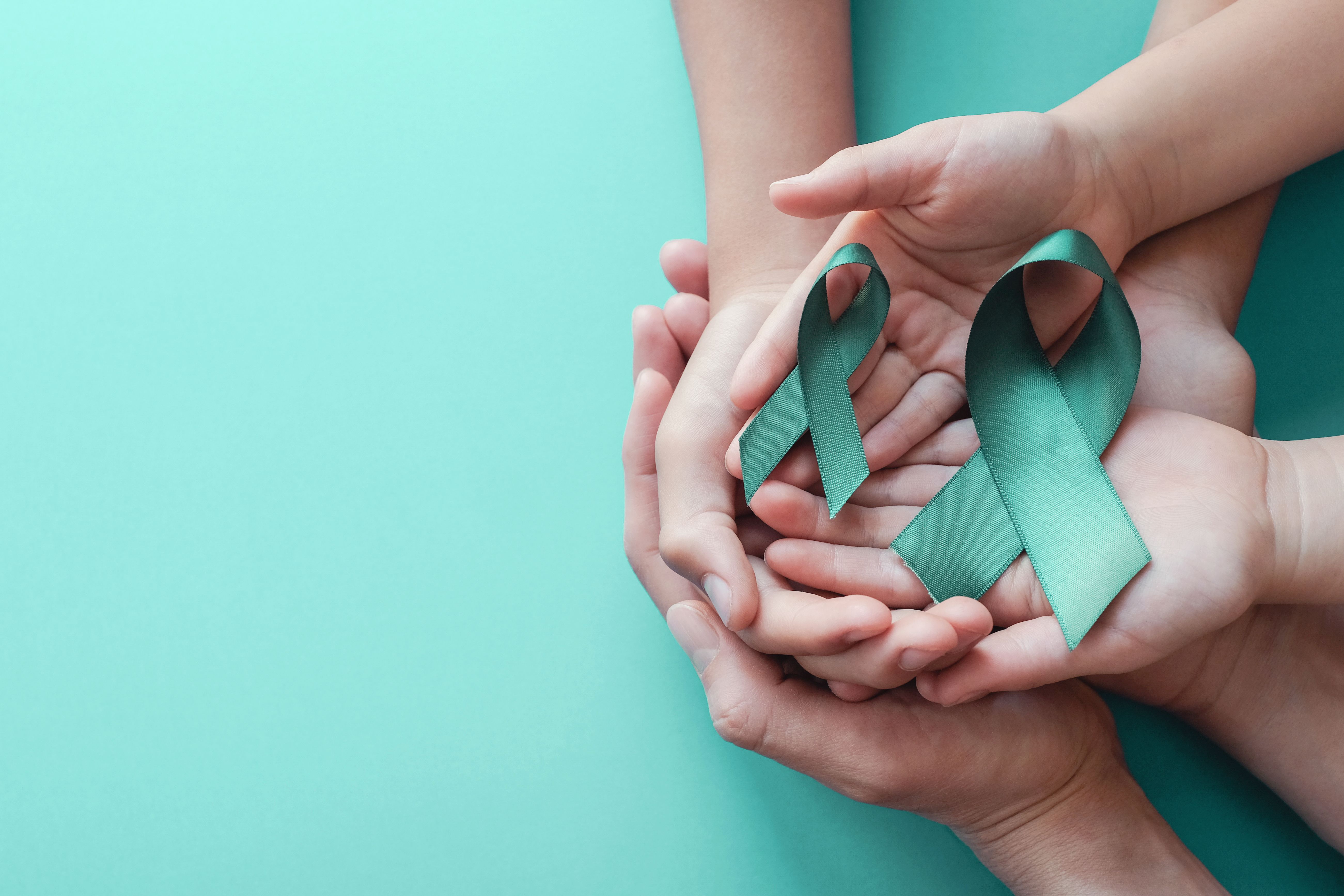
- Center on Health Equity & Access
- Clinical
- Health Care Cost
- Health Care Delivery
- Insurance
- Policy
- Technology
- Value-Based Care
Patients With Ovarian Cancer, Higher Social Vulnerability Face Delayed Treatment but Earlier Palliative Care Consultations
Higher social vulnerability in patients with ovarian cancer leads to longer treatment delays but earlier palliative care consultations, highlighting critical health disparities.
Patients with ovarian cancer who have higher social vulnerability experience longer delays in treatment initiation but receive palliative care consultations sooner, according to a study published in Gynecologic Oncology Reports.1
Past research has identified significant disparities in ovarian cancer care based on race and socioeconomic status. In particular, Black patients and those of lower socioeconomic status are more likely to receive guideline-discordant treatment and experience higher mortality. To address these disparities, the researchers emphasized the importance of identifying barriers to care access.
Higher social vulnerability in patients with ovarian cancer leads to longer treatment delays but earlier palliative care consultations, highlighting critical health disparities. | Image Credit: SewcreamStudio - stock.adobe.com

Social vulnerability, a multidimensional representation encompassing economic, environmental, and sociocultural conditions, offers a comprehensive measure of health care access.2 The researchers noted that evaluating access to both curative and palliative care can help them better understand how patients navigate the treatment landscape.1
They conducted a retrospective study to understand disparities in ovarian cancer treatment access using data from the electronic medical records of Vanderbilt University Medical Center (VUMC), as well as its Gynecologic Enhanced Recovery After Surgery Database. The study included women aged 18 or older who were diagnosed with ovarian cancer and received surgical care between January 2018 and September 2024, with the majority of their care taking place at VUMC.
Each patient’s level of social vulnerability was determined using the CDC’s Social Vulnerability Index, which categorizes 16 US Census variables from the 5-year American Community Survey into 4 themes: socioeconomic status, household characteristics, racial and ethnic minority status, and housing type and transportation. Patients were sorted by zip code into 4 national quartiles of social vulnerability (low, low-medium, medium-high, and high), with lower scores representing less social vulnerability and higher scores indicating more social vulnerability.
The primary outcome was time to treatment initiation, measured in days from initial symptom presentation to treatment start. Secondary outcomes included time to chemotherapy, surgery, and palliative care consultation, all defined as the days between initial symptomatic presentation and corresponding treatment initiation.
Among the 166 eligible patients, 74 (44.6%) had lower social vulnerability, and 92 (55.4%) had higher social vulnerability. More specifically, 35 were in the low social vulnerability quartile, 39 in low-medium, 78 in medium-high, and 14 in high. Most patients were White (92.1%) and insured privately (54.8%) or through Medicare (40.8%).
Overall, higher social vulnerability was associated with longer treatment delays. Patients in the highest social vulnerability quartile had a median delay of 40 days (range, 15-320), compared with a median of 22 to 27 days (range, 0-227) for those in the low and low-medium quartiles.
This trend was consistent across specific treatments. Median time to chemotherapy was shorter in the low and medium-low quartiles (29.5-32 days) than in the medium-high and high quartiles (41-45 days). Similarly, patients in the high quartile experienced the longest delays to surgery (median, 128 days), compared with all other quartiles (median, 82.5-98 days).
Therefore, the researchers determined that the time to any treatment, chemotherapy, and surgery increased with social vulnerability. Among the 4 themes of social vulnerability, racial and ethnic minority status (P = .08) and household characteristics (P = .17) contributed most to treatment delays, whereas socioeconomic status (P = .36) or housing type and transportation (P = .34) showed weaker associations.
In contrast, patients with higher social vulnerability received palliative care consultations earlier than their counterparts. Patients in the low and medium-low quartiles experienced median wait times of 396 to 425 days, while those in the high and medium-high quartiles only waited a median of 97 to 231 days.
The researchers concluded by acknowledging their study’s limitations, including its smaller sample size and limited racial or ethnic diversity. Also, social vulnerability is a zip code–level measure, which may not fully reflect individual patient experiences with care access. Because of these limitations, they called for further research in more diverse populations.
“Given the limited diversity of our cohort, validating our findings in a more racially and ethnically diverse patient population will allow for a more comprehensive assessment of treatment disparities in ovarian cancer,” the authors wrote.
References
- Bastin N, Robinson M, Javid A, Prescott LS, Brown AJ. Association of social vulnerability with access to treatment in ovarian cancer patients. Gynecol Oncol Rep. 2025;60:101808. doi:10.1016/j.gore.2025.101808
- Social vulnerability index. Agency for Toxic Substances and Disease Registry. July 22, 2024. Accessed August 6, 2025. https://www.atsdr.cdc.gov/place-health/php/svi/index.html
2 Commerce Drive
Cranbury, NJ 08512
AJMC®
All rights reserved.